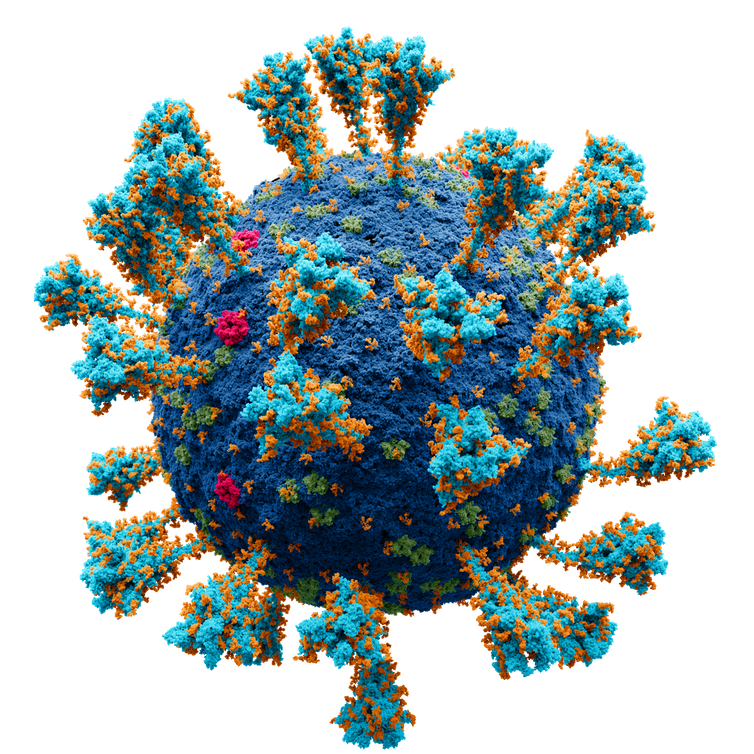CORBEVAX, a new patent-free COVID-19 vaccine, could be a pandemic game changer globally
Maureen Ferran, Rochester Institute of Technology
The world now has a new COVID-19 vaccine in its arsenal, and at a fraction of the cost per dose.
Two years into the COVID-19 pandemic, the world has seen over 314 million infections and over 5.5 million deaths worldwide. Approximately 60% of the world population has received at least one dose of a COVID-19 vaccine. But there is still a glaring and alarming gap in global access to these vaccines. As a virologist who has followed this pandemic closely, I contend that this vaccine inequity should be of grave concern to everyone.
















